Porto is known for its Baroque, neoclassical, and modernist architectural styles and where you will find cutting-edge art, medieval streetscapes and great food and wine. Five things that captured our experience: port wine, sardines, Douro River, azulejos tiles and pastais de nata. Of course there is much more to explore in Porto, so come along!
Portuguese is likely one of the hardest languages to learn. Before any trip we always familiarize ourselves with some phrases - and the locals appreciate it when you make the effort. Scott is a quick learn when it comes languages while my skill not so adept, but it doesn’t deter me! On this visit we both walked away with mastering only two phrases the entire trip: “bom dia” (good morning or good day) and “obrigada” (thank you). Note: men would say “obrigado”. We use Google Translate to read menus and signs, as well as converse with local merchants. We did find that the majority of those we encountered in Porto spoke at least some English.
One of the most emblematic representations of Porto’s history are the beautiful azulejo tiles you will see all over the city on churches, at the train station, and even on the building outside our Airbnb window!
Porto is a very walkable city, but be prepared for lots of hills and stairs. Comfortable, flat shoes are a must. We started the trip with an e-bike tour by Blue Dragon Tours. This is a great way to get your bearings in the city, as well as identify places you may want to revisit for a deeper dive. We also like to do a tour at the start of a trip to ask our guide for their recommendations on restaurants that the locals frequent, where to view a great sunset or locate the best market in town.
Where to eat
Antunes - very authentic Portuguese. Family run. BIG plates. We saw many diners eating roasted pork knuckles - which the owner later told us is their specialty. Have to try them next time.
Ostras e Coisas - for seafood. We had the oysters, sardines and tiger prawns. Perfectly prepared.
Fábrica da Picaria - brewpub where you can taste the very traditional bifana one of the main sandwiches in the country (a light but crusty bread roll filled with sautéed strips of pork that have been seasoned with garlic, spices). Pair it with a craft beer. Head up upstairs and enjoy the ambience on the balcony.
Casa Guedes - Pork sandwiches, charcuterie, verde (green) soup and port tonics. Very casual with outdoor seating. Several locations.
Tapabento - Tapas and creative small plates with a laid-back ambiance.
Gazela - their legendary cachorrinho - like a hot dog but 10x better. Grill-pressed on a perfect bun with cheese and a special sauce. The fries will make you cry. Bourdain ate here. We ate here twice or maybe thrice?? There’s usually a line, but it moves quickly and it’s totally worth the wait. Oh, and don’t forget the Super Bock - even if you are not a beer lover you will enjoy it.
Market de Bolhao - Historic, bi-level market in a neoclassical building with vendors selling produce, livestock and prepared foods.
Boca de Cena - Our neighborhood bar where owner Sergio served us our nightcap of port wine or their famous Ginja “cherry” liquor or if you are up for it his secret stash of homemade “grappa” stored in a plastic container.
On the sweeter side, try Gelataria Sincelo est. in 1980 with a colorful modern makeover in downtown Porto.
Neta 3 Padaria e Confeitaria - locals come here for their morning coffee and pastries. Great selection of sweet and savory baked goods (like pastel cod fish and pastel pork.) You can come here every day for a week and not have the same thing twice - although their pastais de nata (a Portuguese egg custard tart pastry) are worth a second or third try, so don’t be shy!
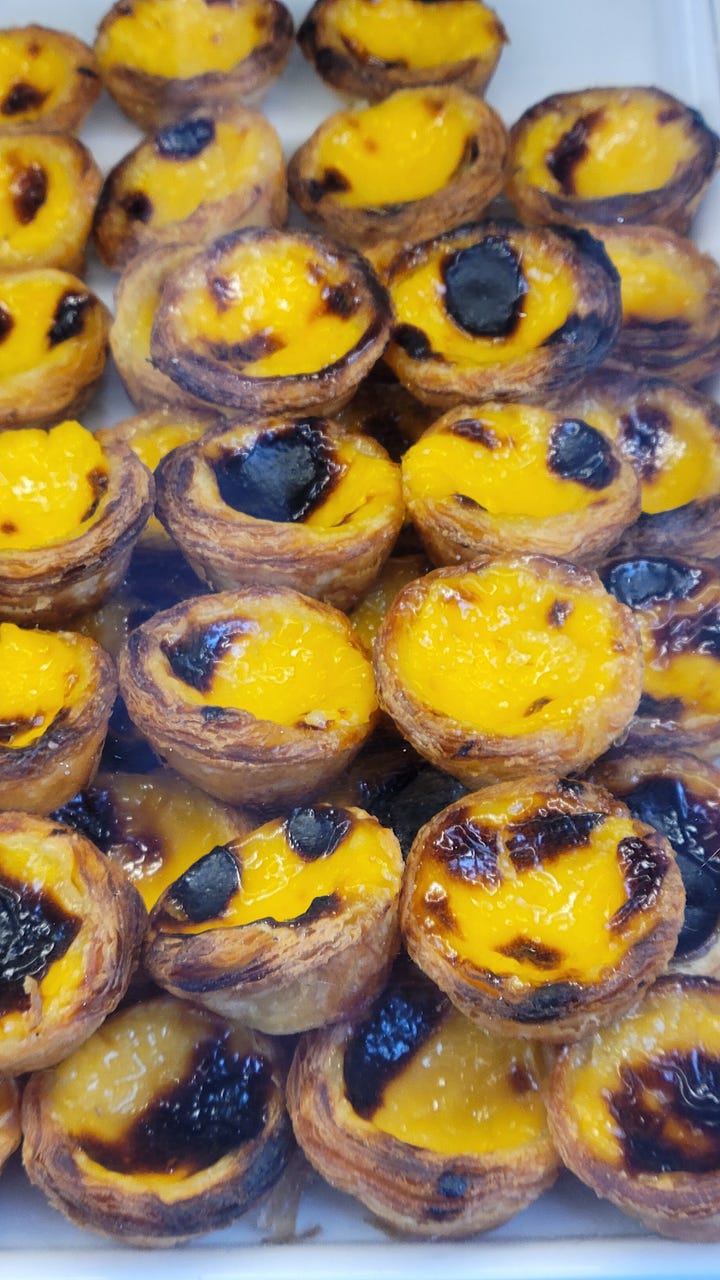
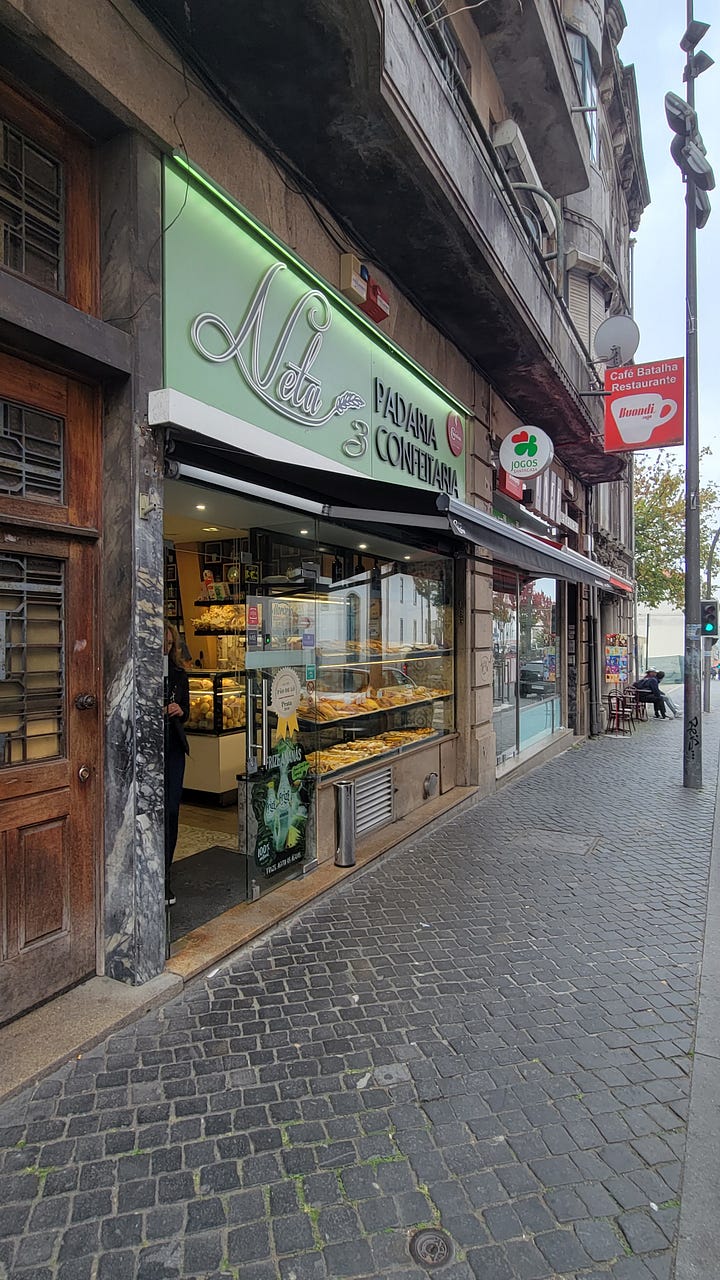
Across the river: Vila Nova de Gaia (aka Gaia)
Gaia is right across the Douro River from Porto and offers fantastic views of the city. Take in the street art, art galleries and a river boat cruise. It’s also the center of the port wine industry. Most of the port houses offer tours and tastings. Many have restaurants that offer tasting menus paired with a variety of wines and ports. Book your tour in advance, because they do fill up.
We visited Taylor’s port house. Their multimedia presentations cover the history and production of port and how the process has evolved over past 300 years. We also got to walk through the cellars lined with oak casks where the port is aged.
3+ Arte If you want to try something interesting and different from the large port tours, check out this small art gallery/tasting room. The gallery features crafts, sculptures, paintings and sketches by local artisans. They also offer flights by a small producers and some snacks. Very relaxed vibe. The owners are very friendly.
Uva by Calem - Captivating view, elevated cuisine and and great wine. Let the maître d’/waiter help you pick your pour. Had a killer 20 yr old white port there that you couldn’t buy even at the Calem shop.
Day trips by train to: Pinhao and Guimaraes
While in the São Bento railway station take the time to admire the azulejos, these stunning Portuguese mosaics depict historical life scenes. There are approximately 20,000 tiles covering the walls. Perhaps one of Europe’s most beautiful stations.
The Douro Valley and it’s gorgeous vineyards are easily accessible by train from Porto. We took an early train east to Pinhao (2.5 hours), arriving around 10am. We pre-booked the vineyard guided tour and tasting at Quinta das Carvalhas. The estate is about a ten minute walk, just across the bridge from the train station. We learned about how certain trees and crops are planted around the property to improve soil quality and prevent disease. We were shown cork trees and our guide demonstrated how the cork was harvested. The views were spectacular and the wines did not disappoint.
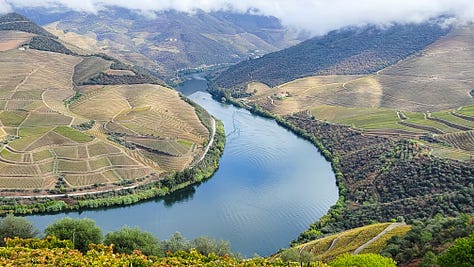
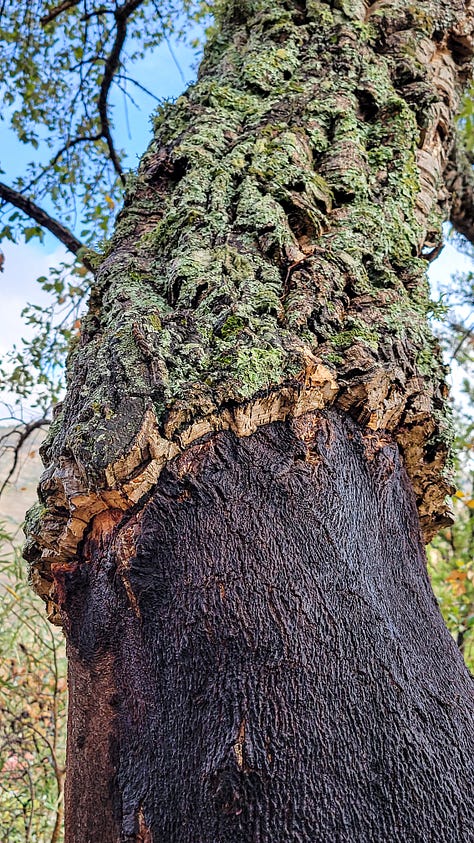
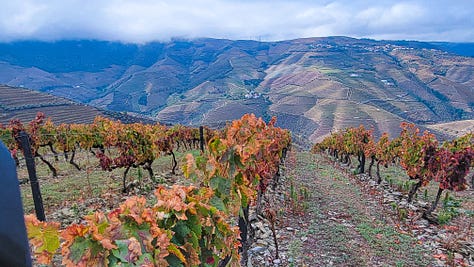
A stroll back into the small town of Pinhao in search of lunch. Came upon Taberna do Rio. Although there were one or two small tour groups (similar to the other restaurants we passed), it had a rustic, homey feel. The food was very good and we had an amazing bottle of nine year old red that cost only 12 euros.
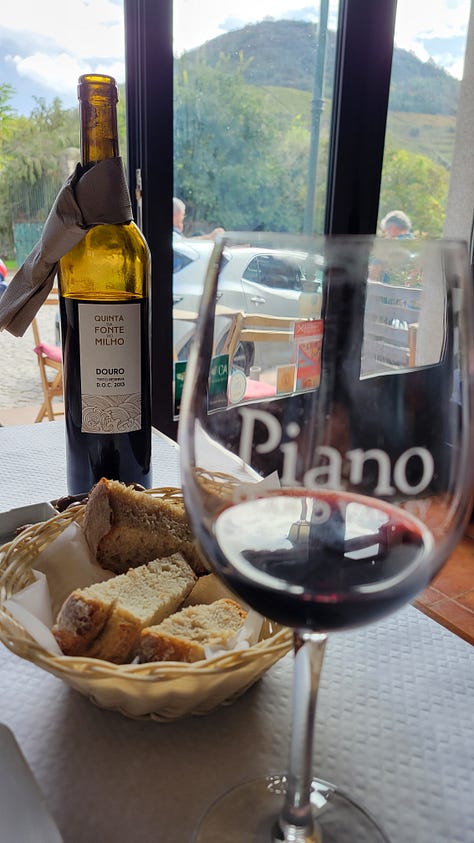
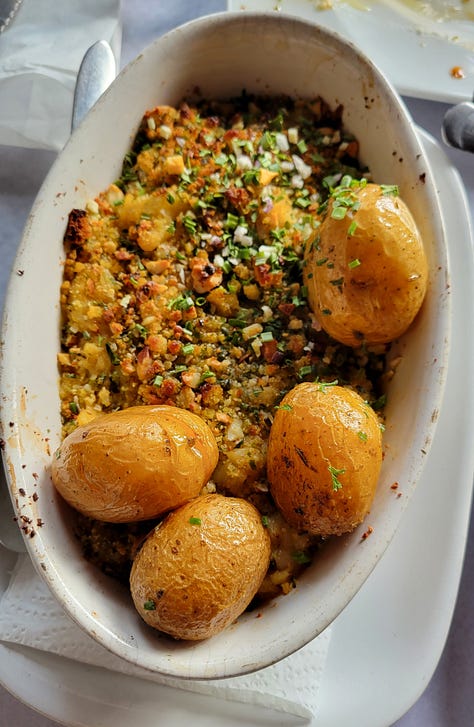
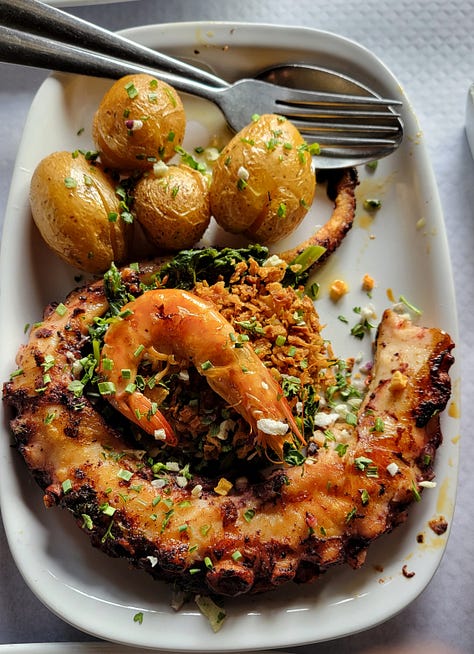
Next up we headed northeast to the fairy-tale like city of Guimaraes (1.5 hours) typically referred to as Portugal's birthplace because it's where the nation was officially founded in 1128. It’s known for well-preserved medieval buildings like the hilltop, 10th-century Guimarães Castle, with its sweeping city views and historic center. Lunched at Restaurante Mumadona - the fun experience dining with locals where no one spoke English made up for the just okay food.
Day trip to Matosinhos: Nuri Tour & Beach & Fish Market
The easiest way to get to Matosinhos from Porto is to grab an Uber or Bolt which takes 25 min. Our main reason for going was to tour the artisanal Nuri sardine factory. Whether you like sardines or not it is not to be missed. You will explore every corner of the factory and even take a try at wrapping a can in their iconic yellow paper. You can add a light tasting menu that is delicious. Being that it was October it was too cool for a beach day but still great to walk along the promenade and take in the sea view and explore the local fish market.
Nuri Sardine Factory Video on YouTube
Bom Dia!
Scott & Kat x
October 2022






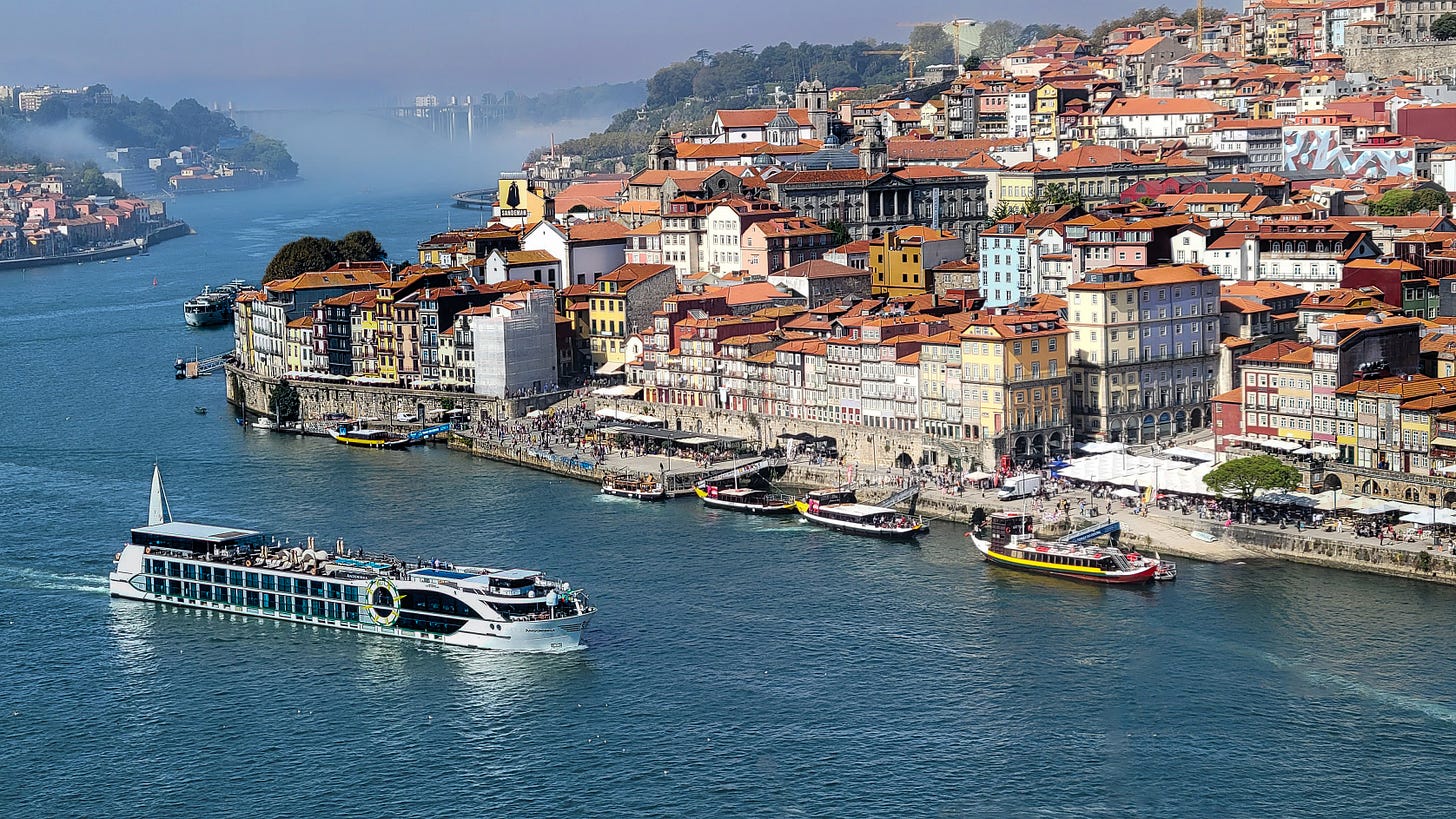
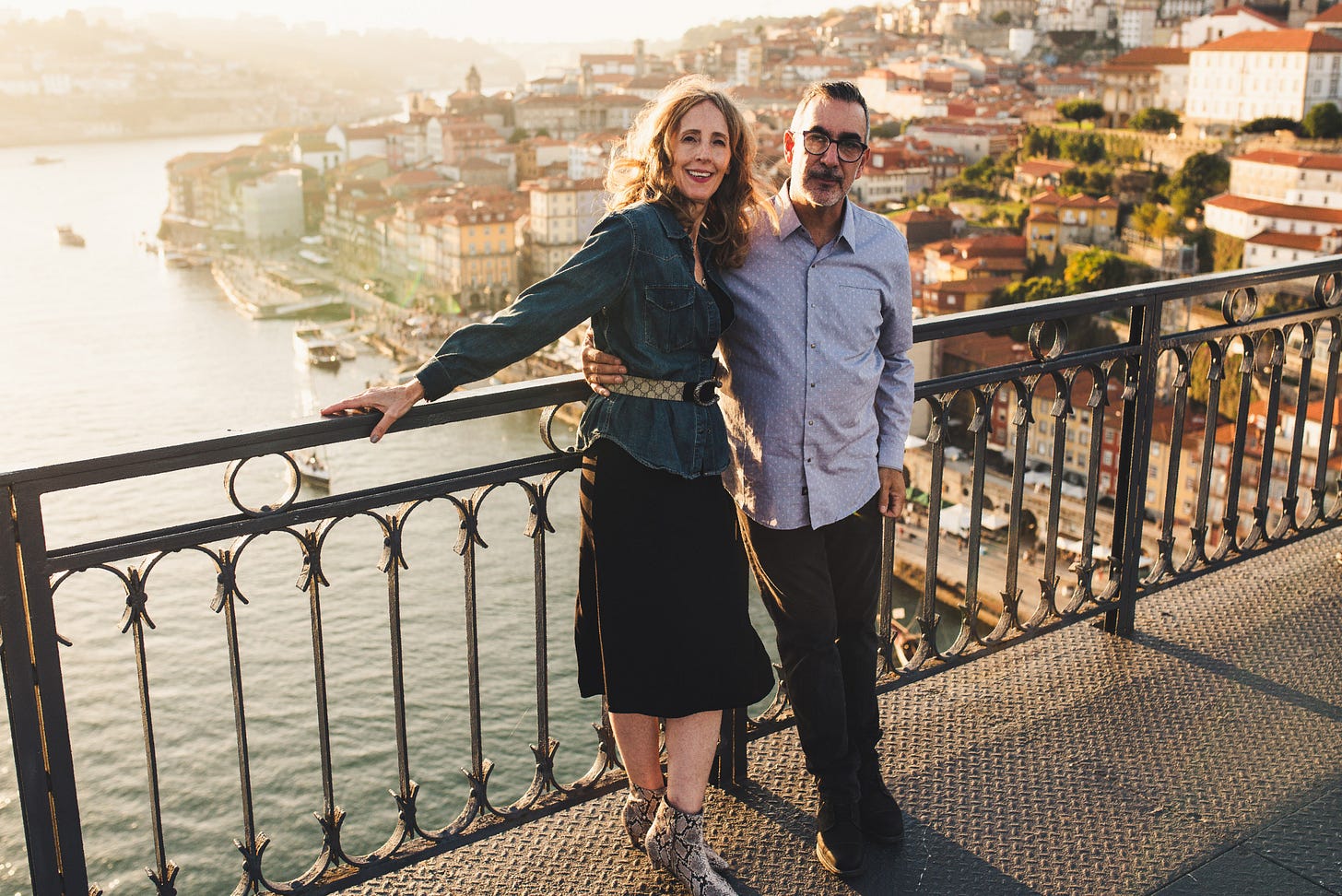
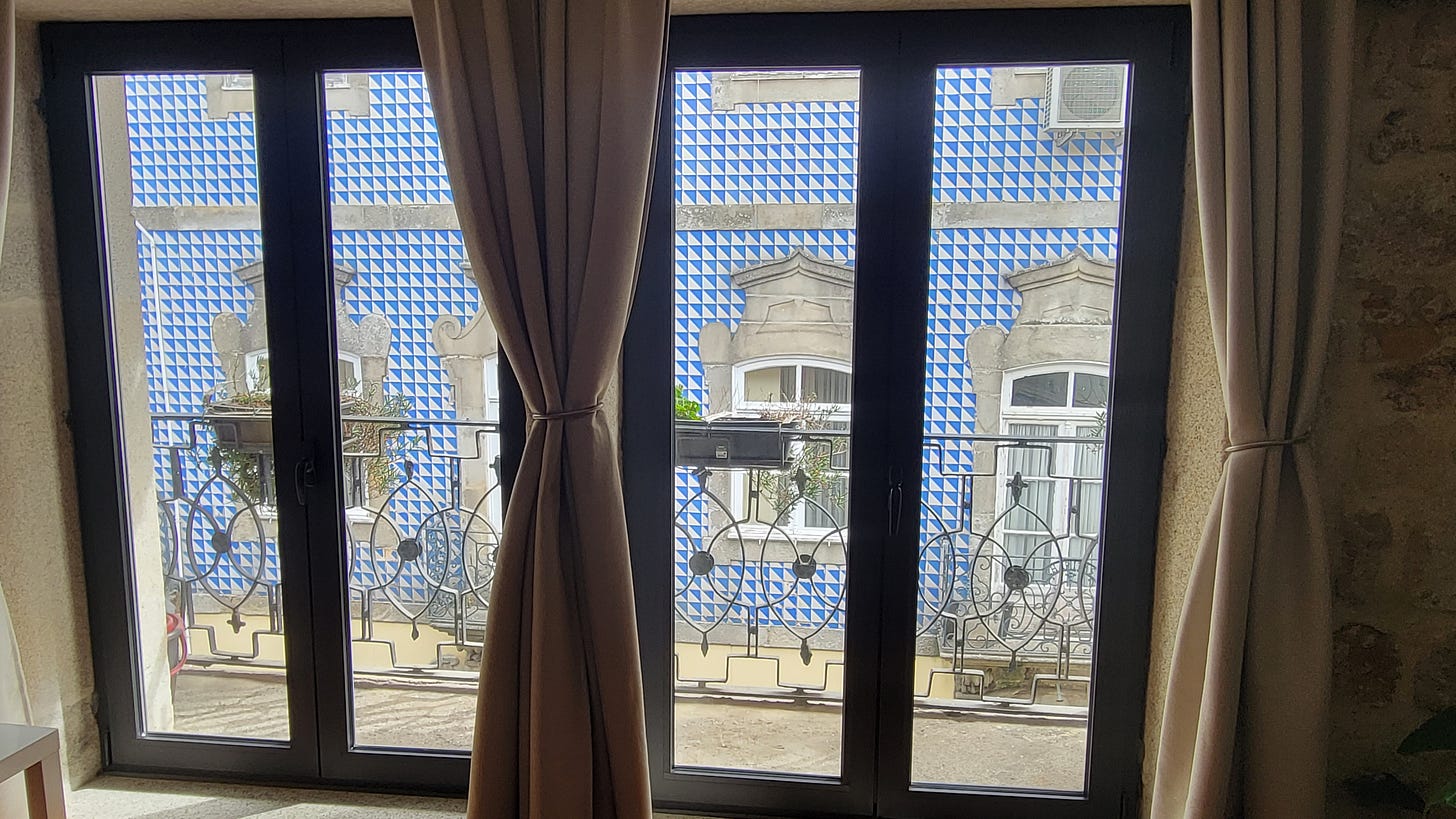
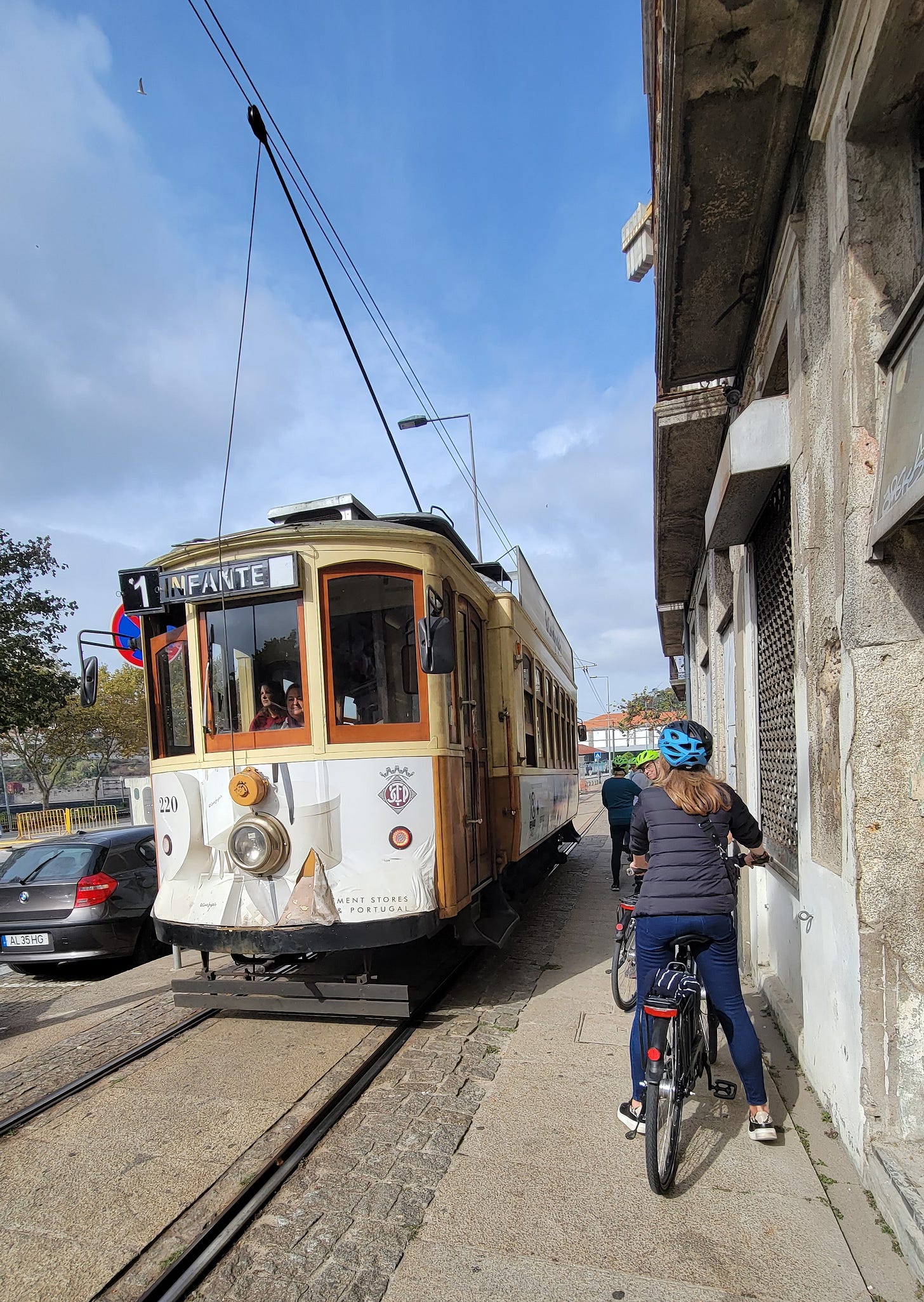
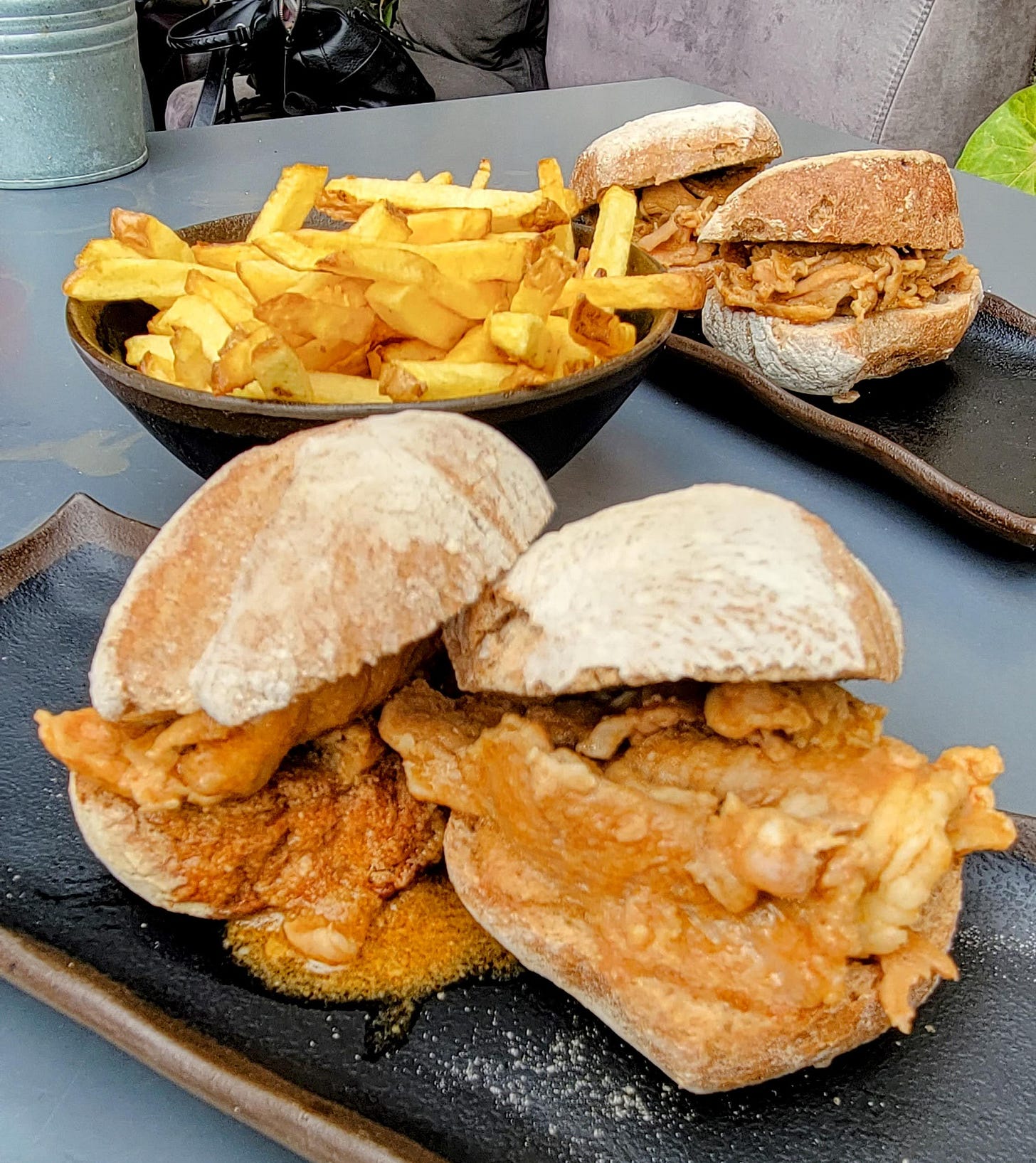
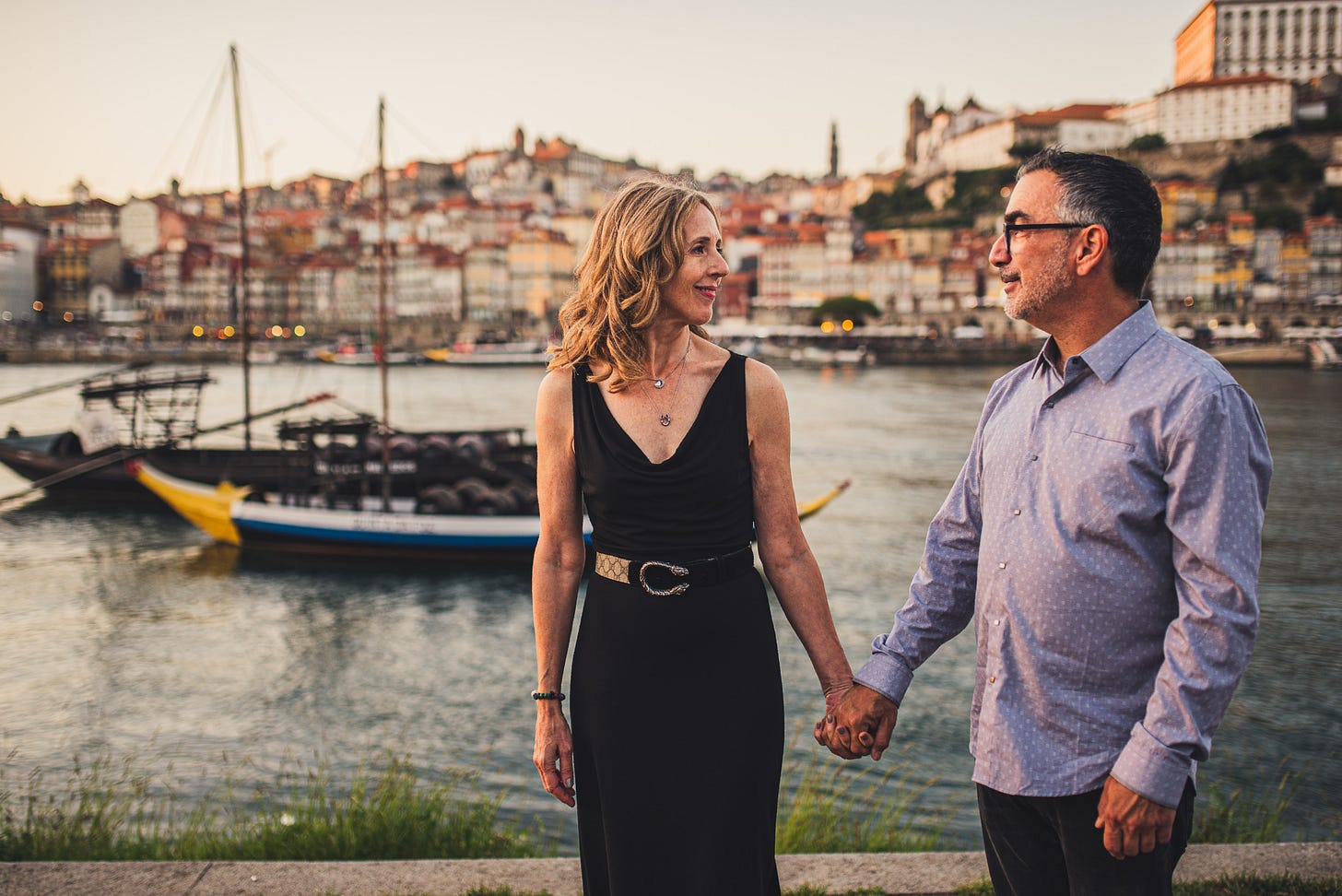
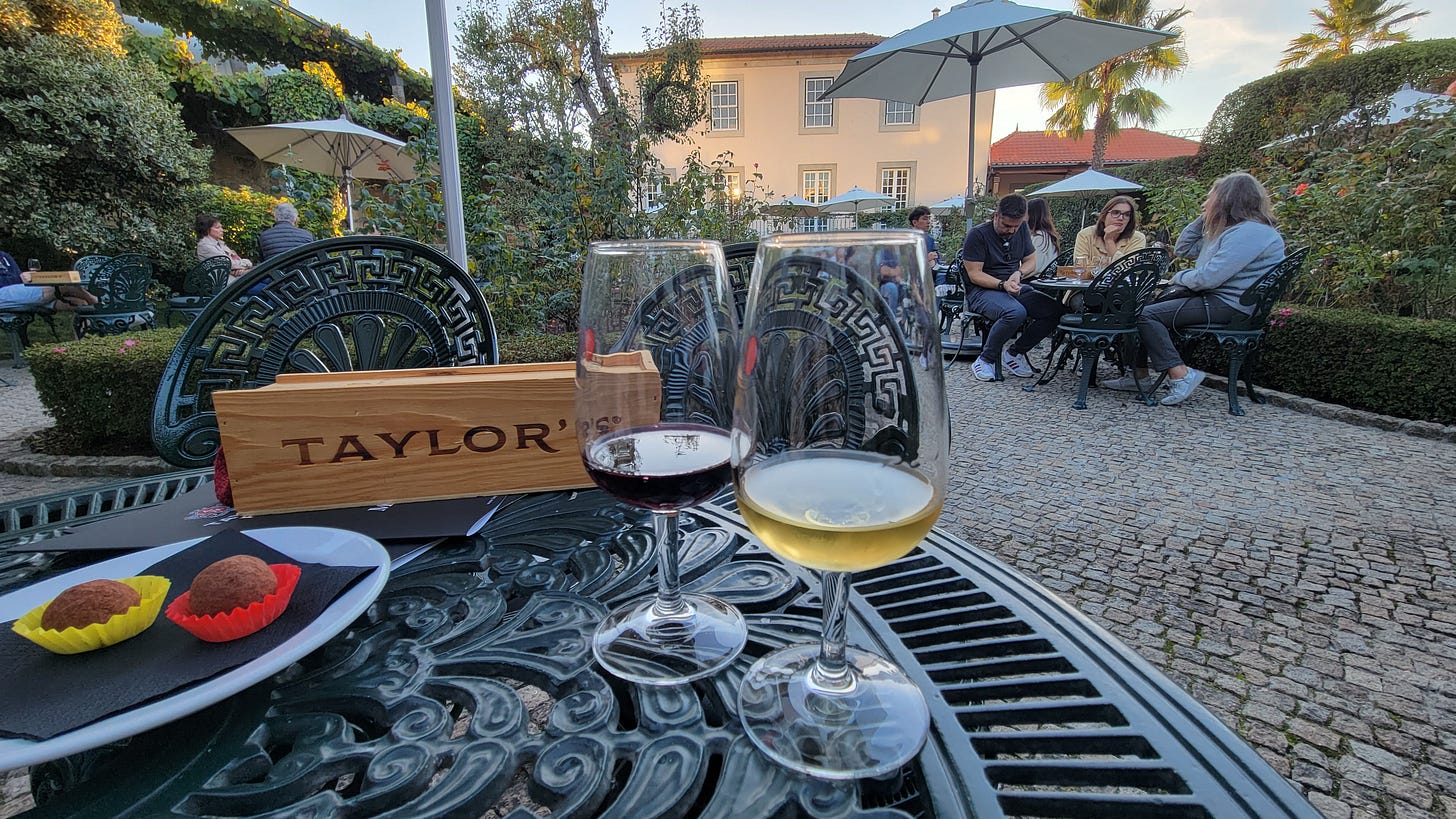

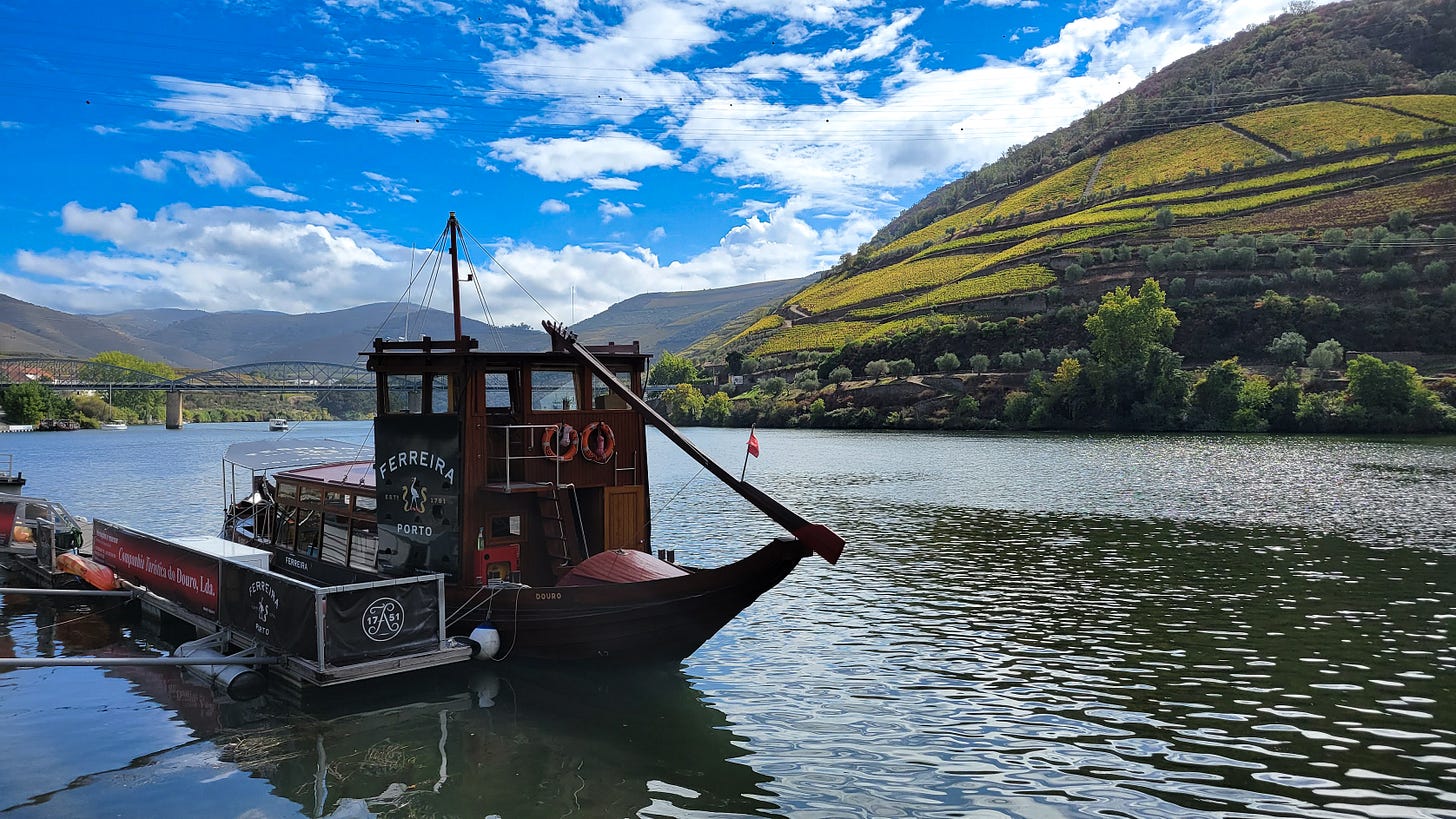
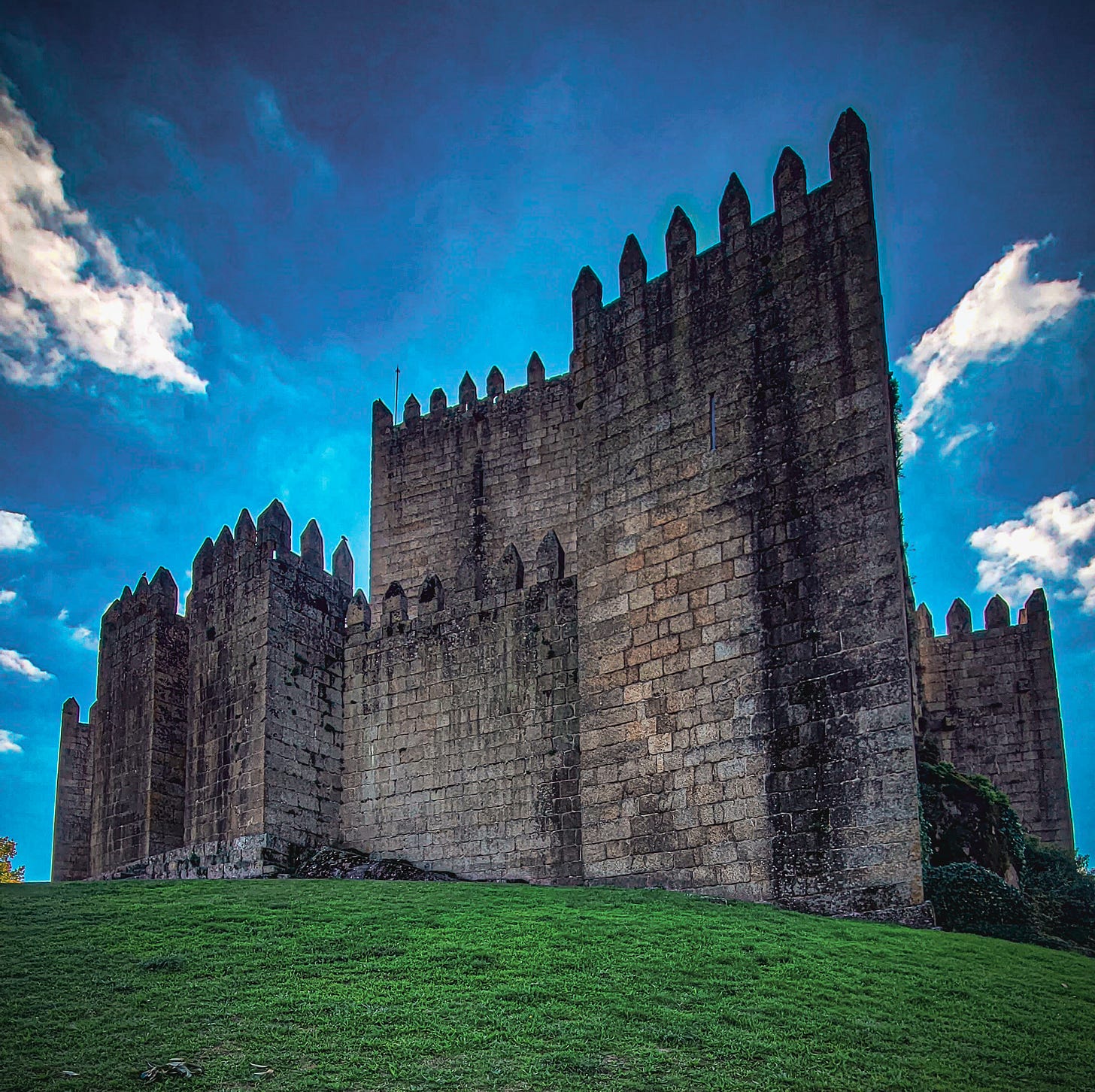
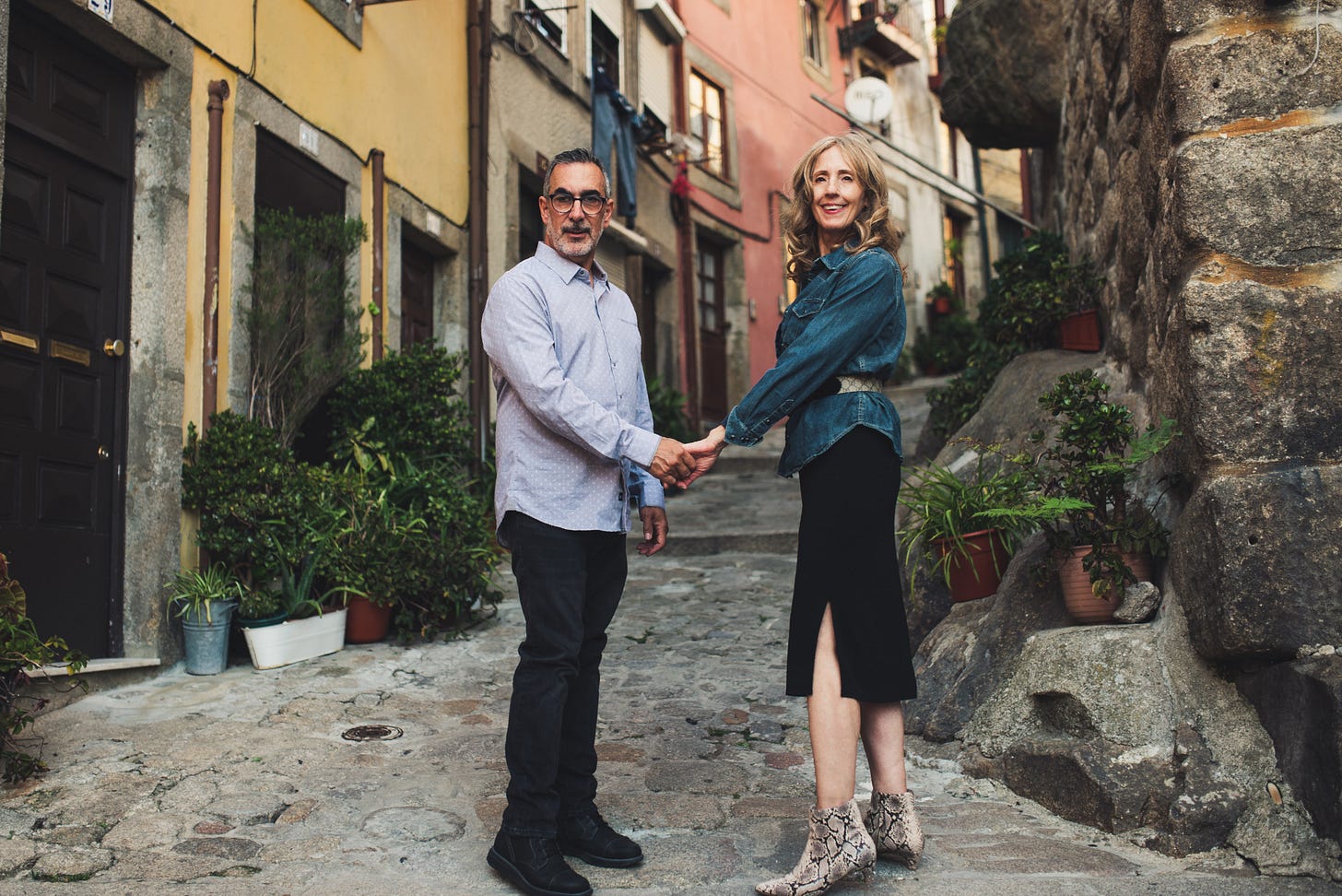
Excellent guide! Spent two weeks in Lagos some years ago. We should have stopped at Porto for a visit. My only problem with Portugal is the gutteral sound of the language.
I was just in Porto for the second time, this time just one night, but I enjoyed your article on a beautiful city in a wonderful country!